One idea I had when I started this website almost ten years ago was that I wanted to make science simple and accessible. I hope I have created a place where questions on anything from barnacles to whales can be answered in a knowledgeable no-nonsense or overly jargon tone. My secondary goal has also been to create awareness about ocean-related issues which would lead into actions. Maybe you like watching movies and visiting the shore and understand that there is concern for the ecosystem.
What I have now for the month of November is a series of posts on quick and useful actions you can take in the kitchen, bath, laundry, garage, during the holidays, and around your community to change behaviors and lessen your impact. If you are planning to get a conversion job done on your garage, it might be better to go with hiring a professional. Serious tasks require serious professionals and having the cost estimate spot on is a must. QuoteCheck is a good place for that if you are in the UK. Making these projects will not be possible if you don’t have the right tools, best check for online resources like https://occupythefarm.org to guide you in choosing the right tools for your needs. Each one features products that are tried, true, and tested but I am not being paid. Please read, share, and feel free to comment if you have other strategies.
- Xeriscape (native plants reduce the need to water):
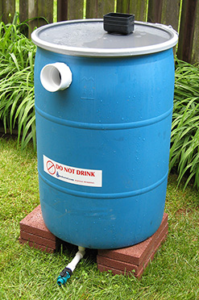 Find the local USDA extension agent and see what would work best in your area. Maybe no plants and just do rocks!
Find the local USDA extension agent and see what would work best in your area. Maybe no plants and just do rocks! - Use a rain barrel in the garden. You can convert any giant tub-like container into a decent water barrel with a conversion kit.
- Consider alternatives to pressure-treated wood on the patio.
- Pull weeds or use natural herbicides: Commercial fertilizers are unregulated and may contain toxic wastes.
- Do not dump hazardous materials (e.g., oil, grease, antifreeze, pesticides, fertilizers, paints).
- When it’s dirty take the car to a professional car washer (doing it yourself wastes about 150 gallons of water).
All of the Action Project Ideas:
- In the Kitchen
- In the Bath & Laundry
- In the Garden & Garage
- During the Holidays
- Around the Community
If you’re already a regular subscriber – thank you! If not, please take the time to add your email address to the subscribe option at the top of the right hand column. Don’t forget to follow on Twitter, Instagram, or Facebook.
 My mom is coming next week so it’s time to get serious with the floors. This stuff is magic on hardwoods and even helped get rid of some scuffs from the move (when I switched furniture six or seven times) and my dog’s paw prints. The company is based in Missouri and founded by some folks that realized floors should be clean once they had kids. They’re so right. Even though my kids aren’t crawling I’m less miserable playing on the floor with them. Join their mailing list for good deals. It’s so worth it.
My mom is coming next week so it’s time to get serious with the floors. This stuff is magic on hardwoods and even helped get rid of some scuffs from the move (when I switched furniture six or seven times) and my dog’s paw prints. The company is based in Missouri and founded by some folks that realized floors should be clean once they had kids. They’re so right. Even though my kids aren’t crawling I’m less miserable playing on the floor with them. Join their mailing list for good deals. It’s so worth it.
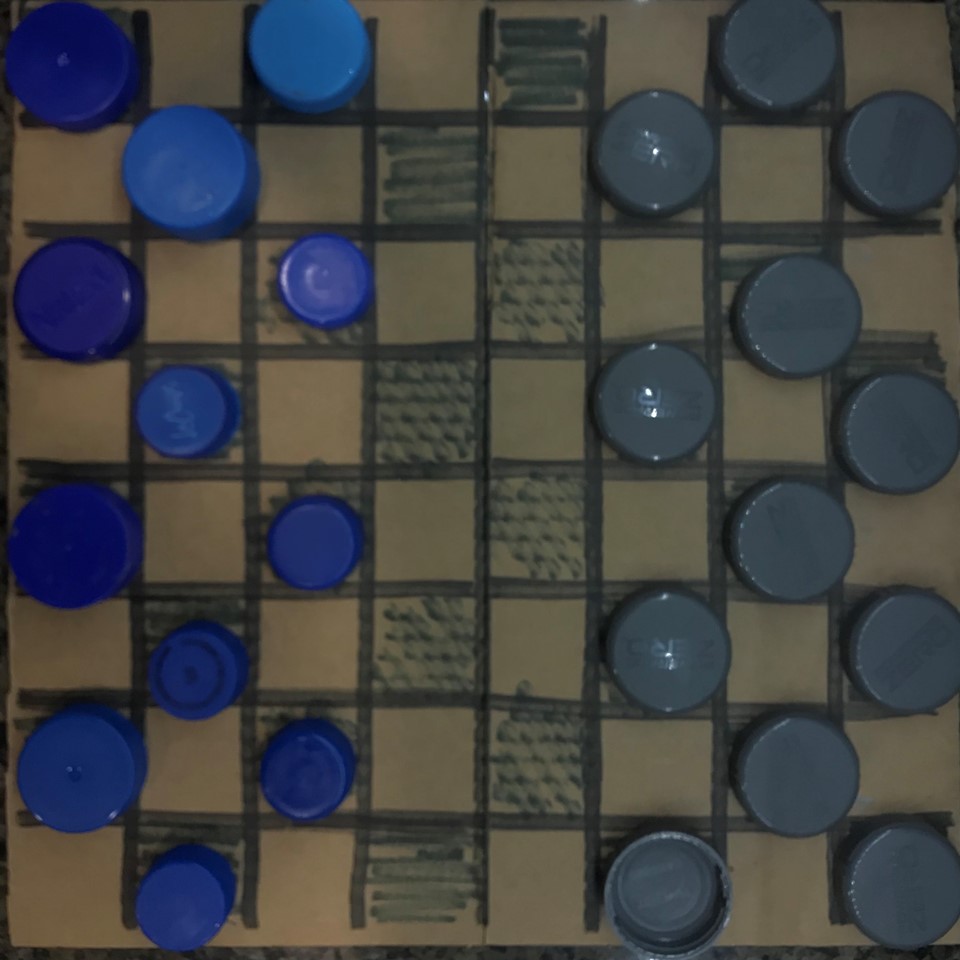
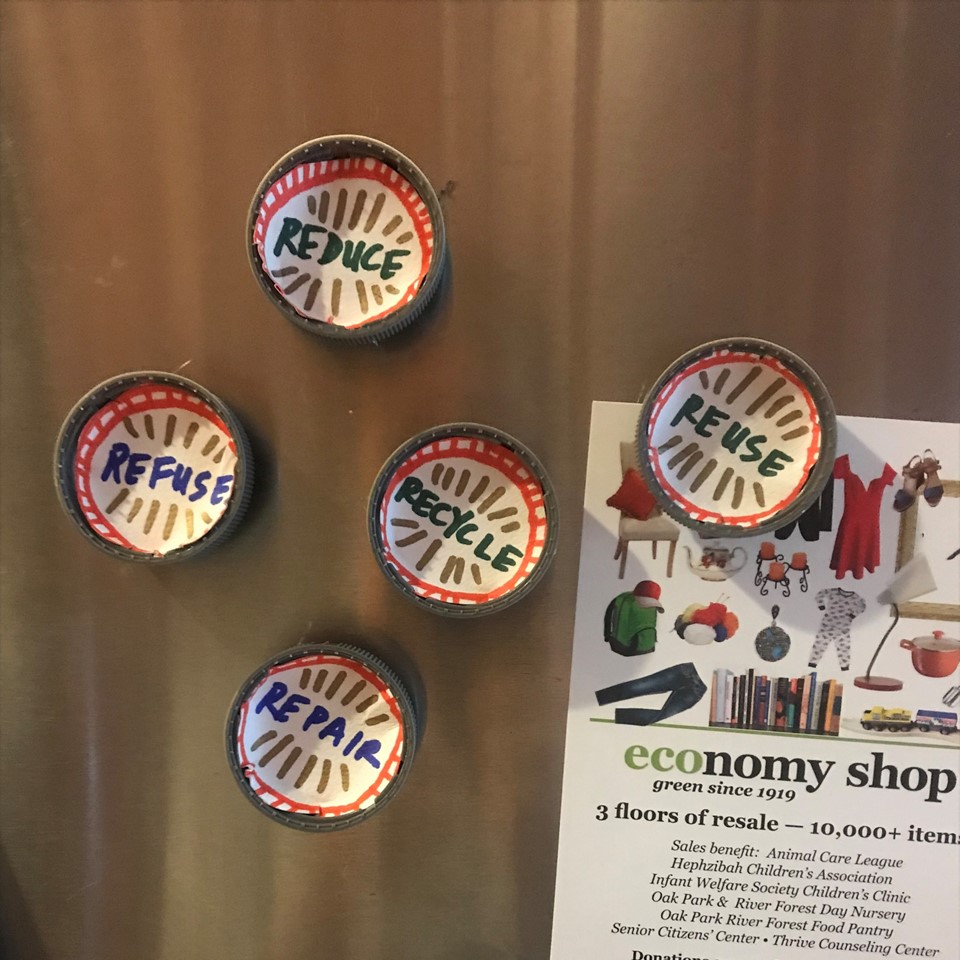
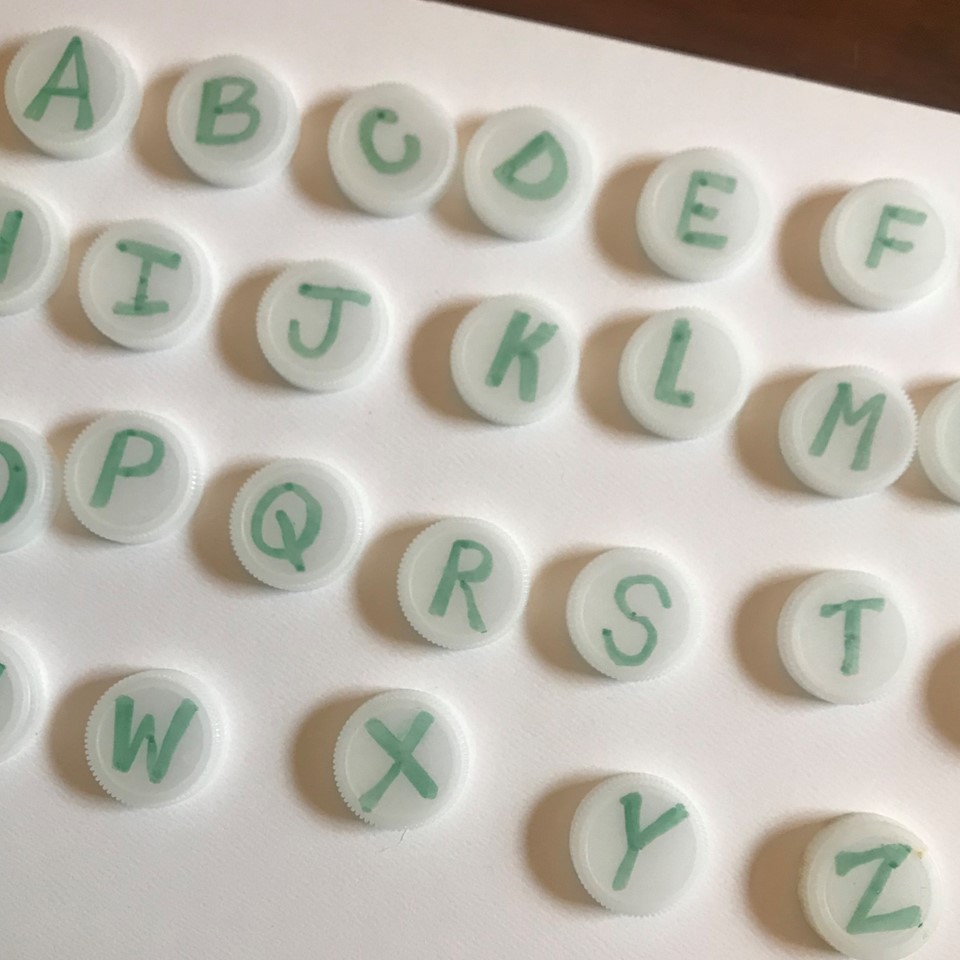
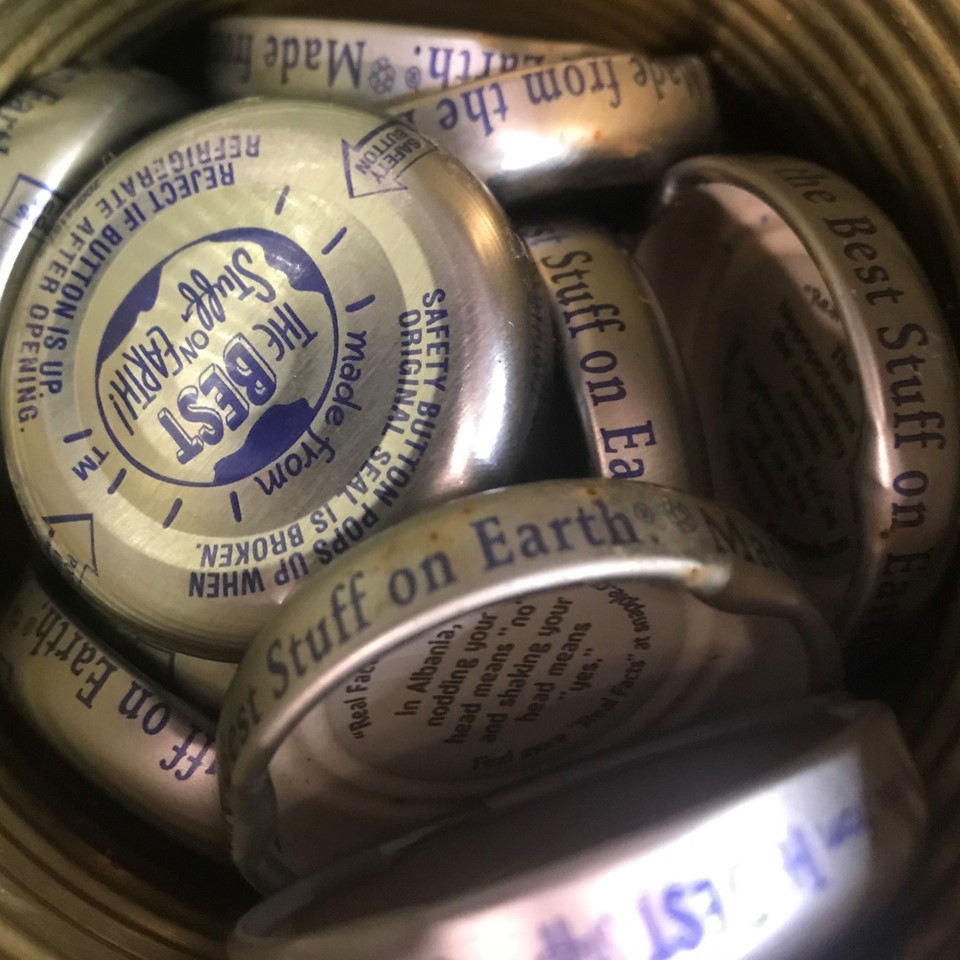
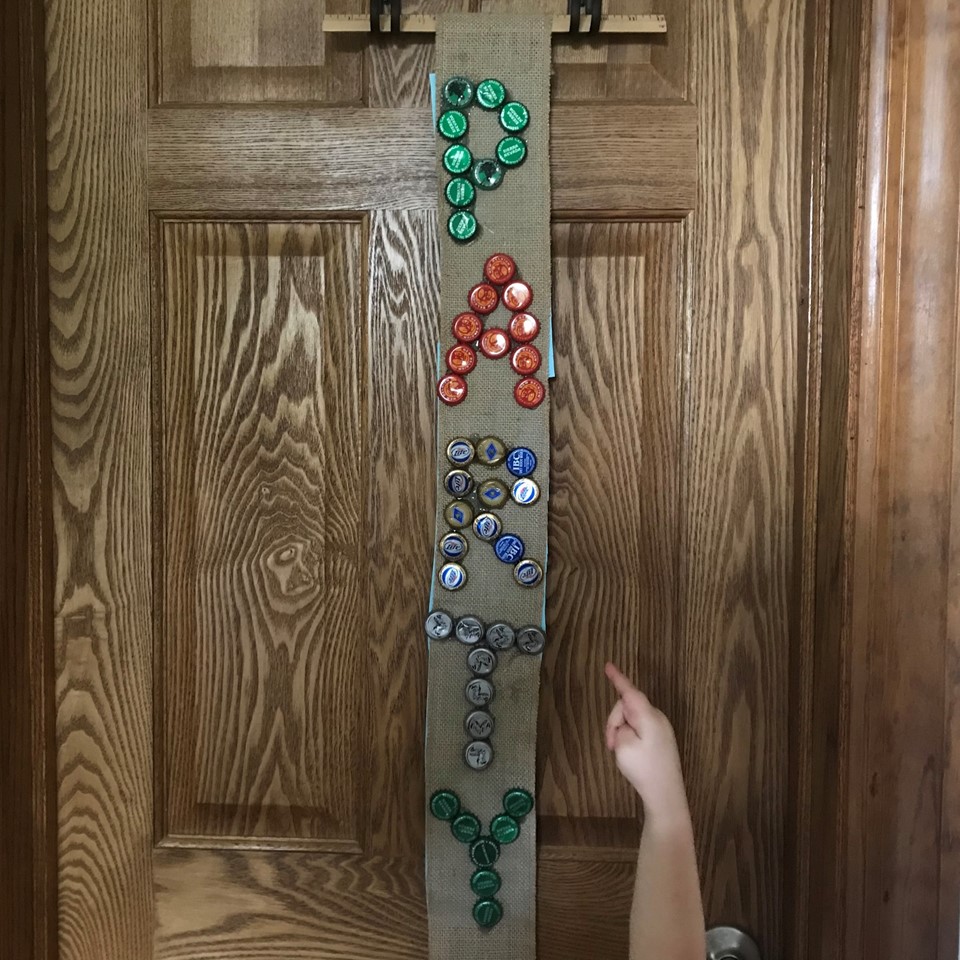
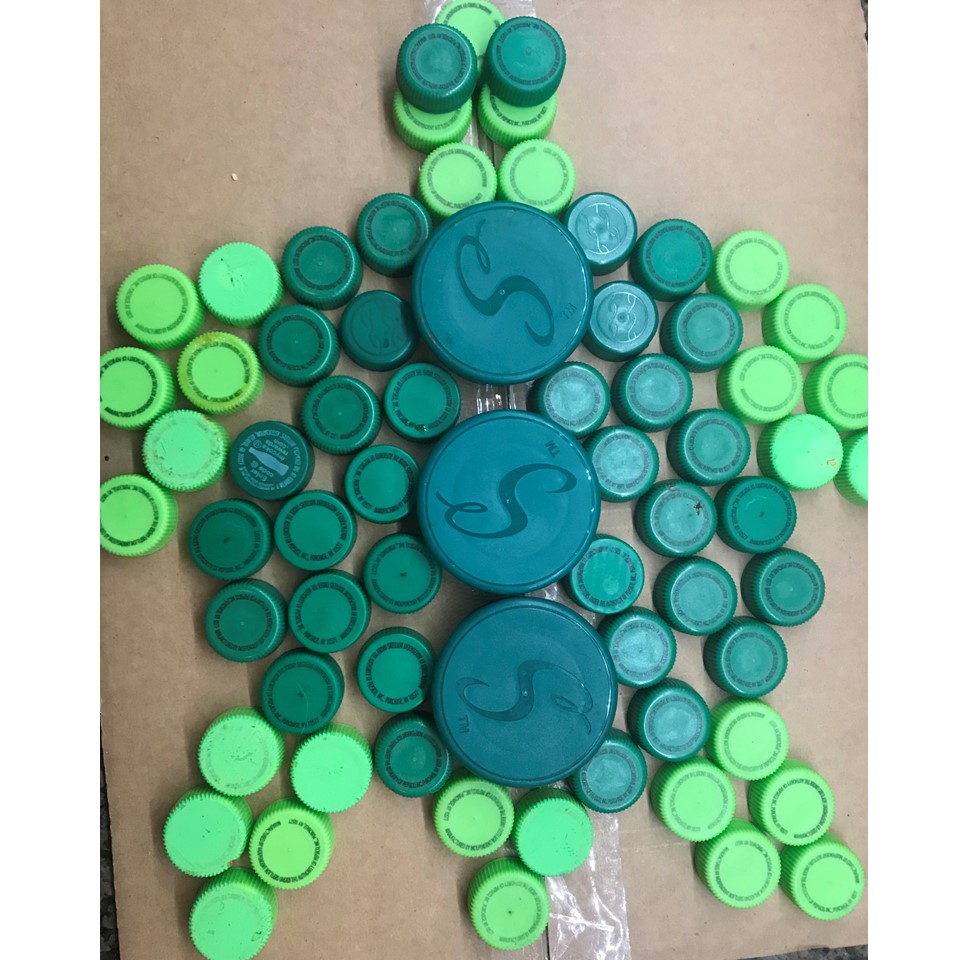
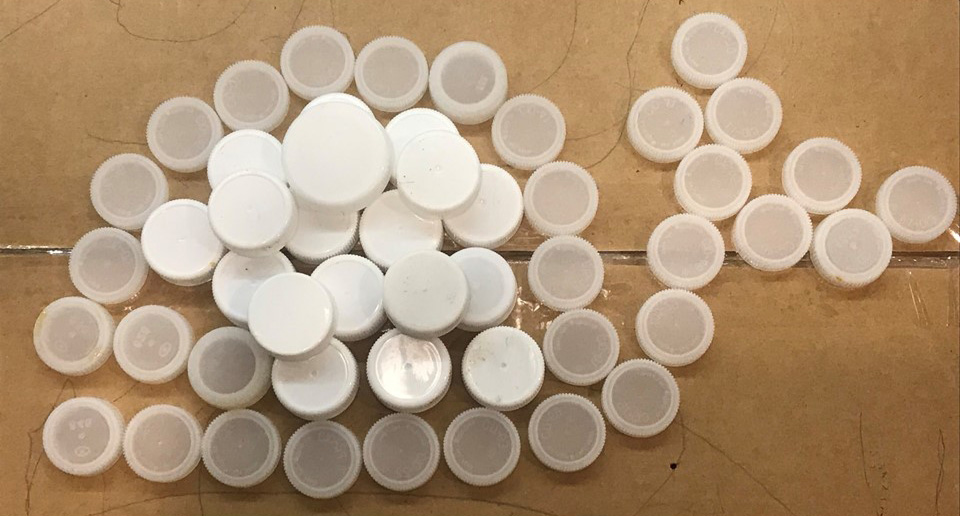


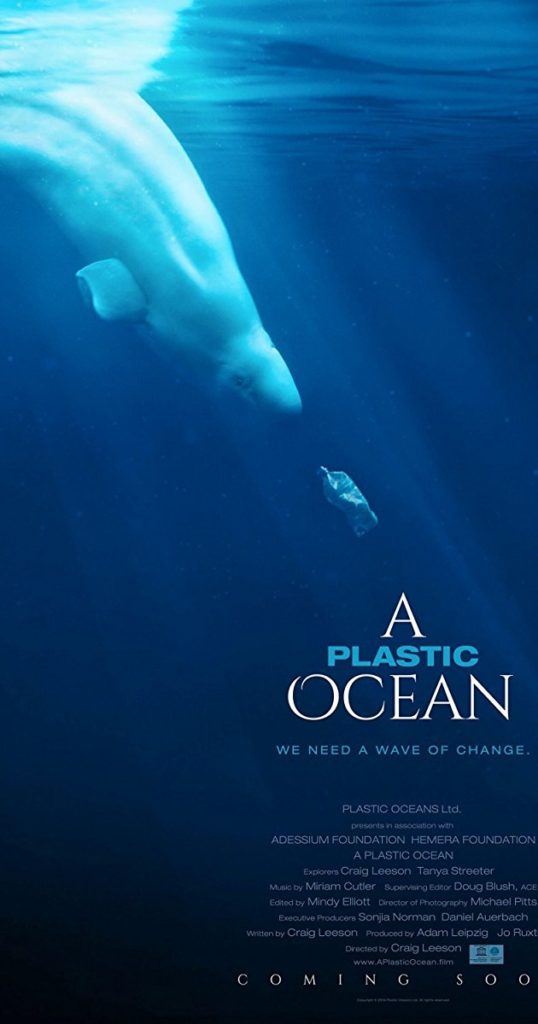

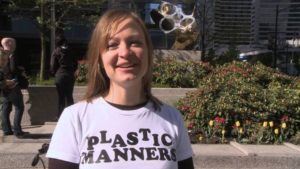
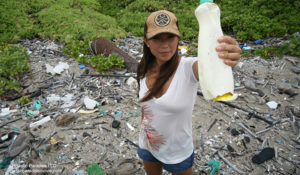
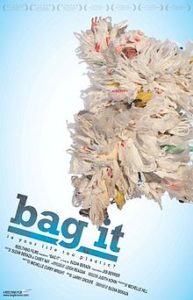 Bag It
Bag It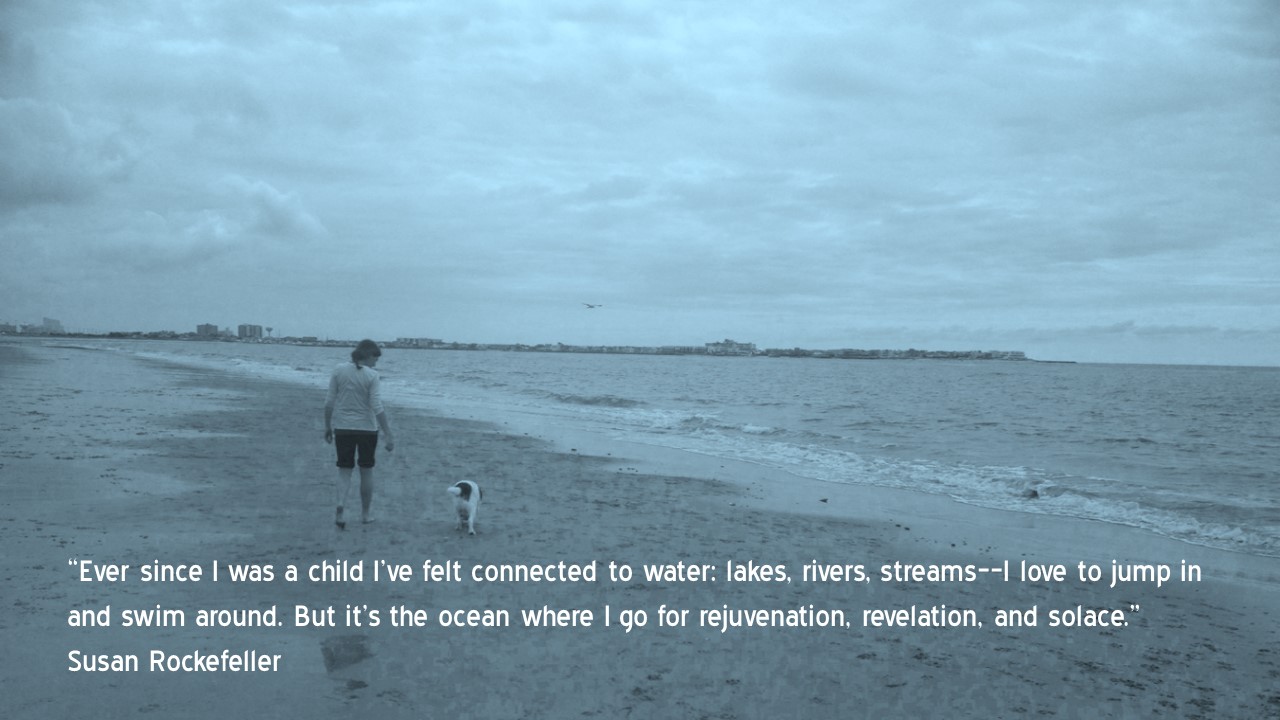
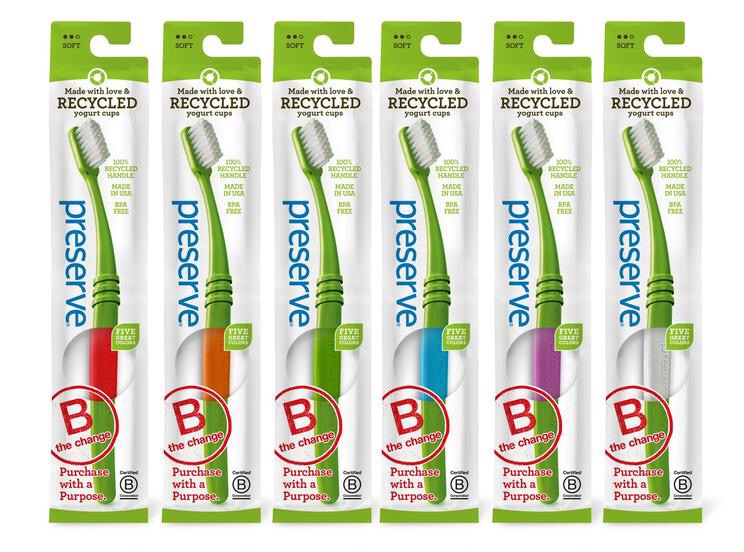
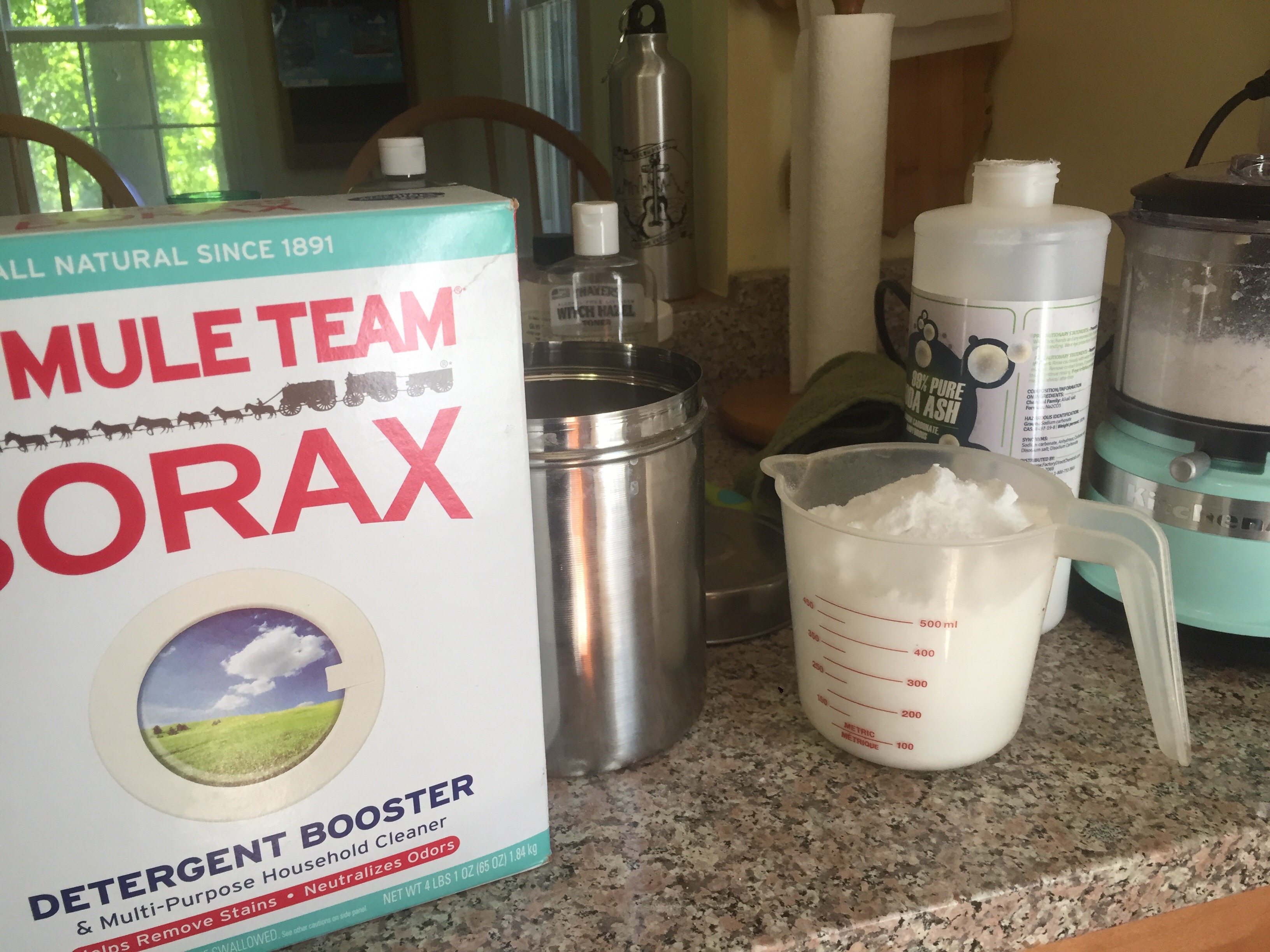
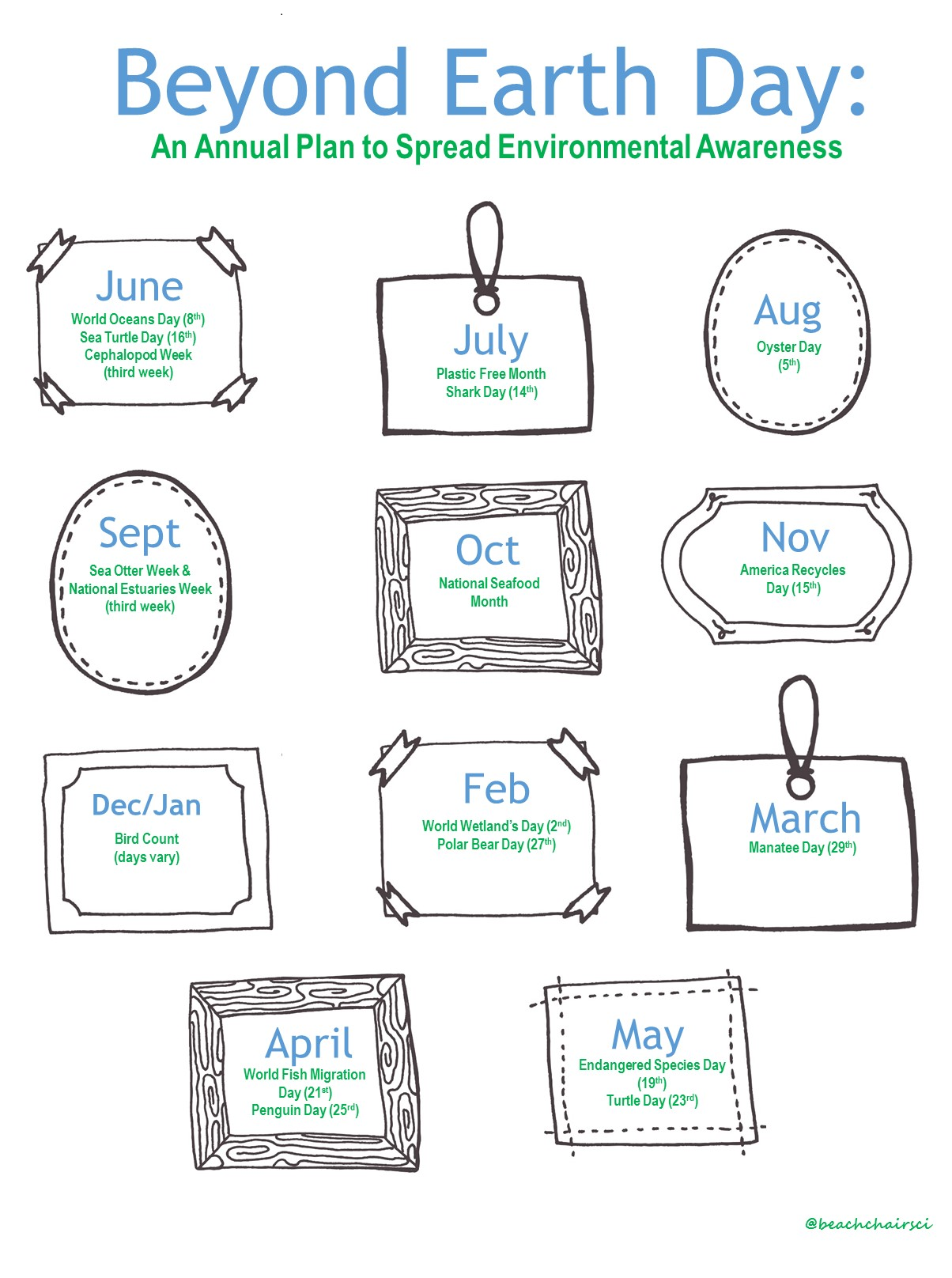
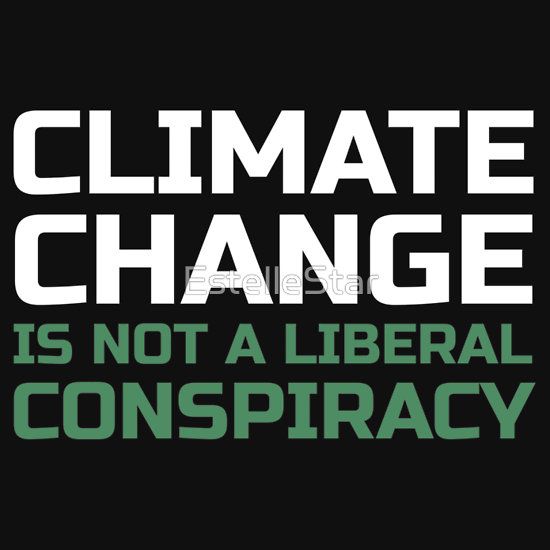








What people are saying …